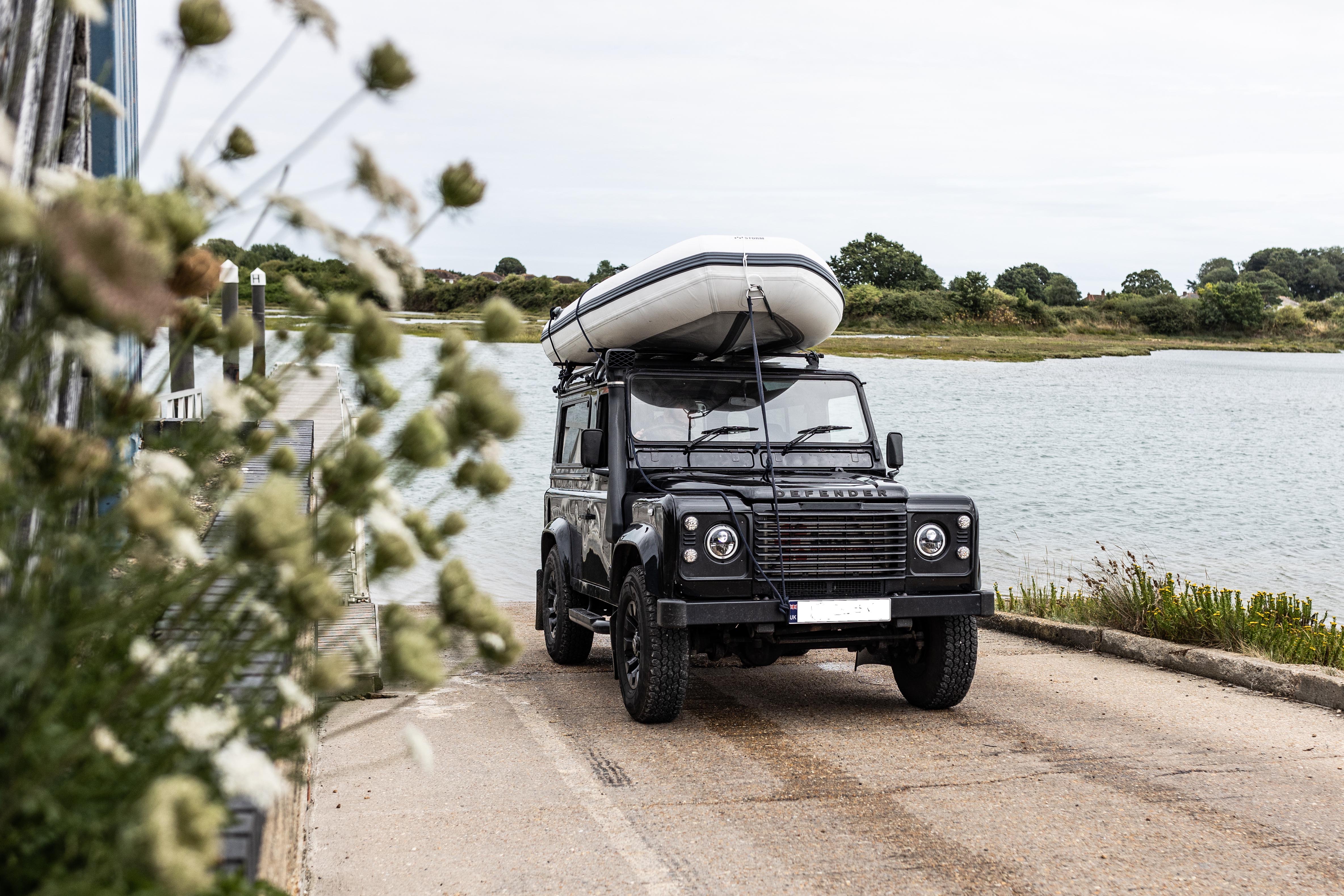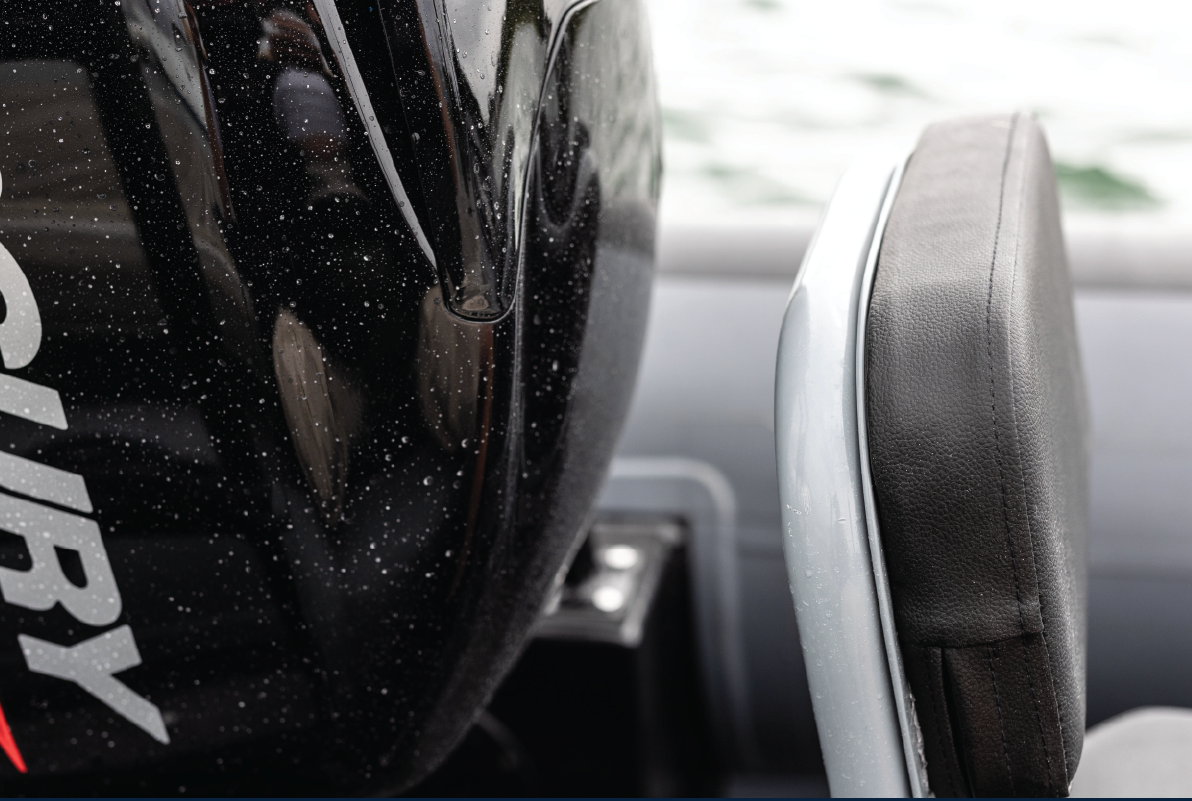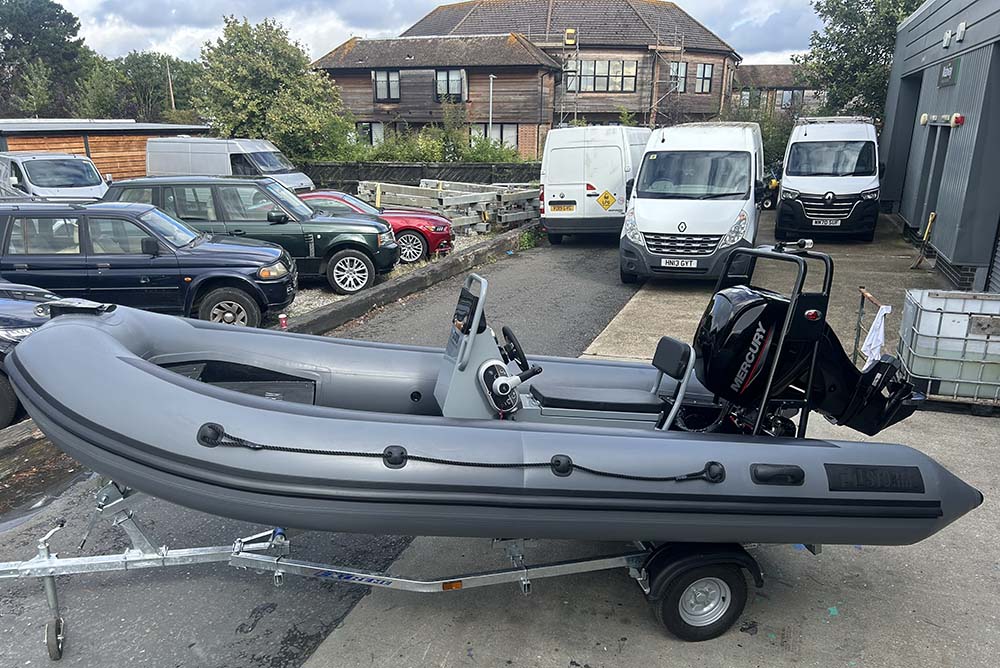
Transporting Your Boat
The Best Way to Transport an Inflatable Boat on Top of a Car: Tips, Pros and Cons, and Safety Considerations
Transporting an inflatable boat on top of your car is a practical solution for those who enjoy getting out on the water but want to avoid the hassle of towing or storing a trailer. Whether you're heading to the coast for a day of fishing or planning an extended coastal expedition, knowing how to safely and efficiently transport your inflatable boat is essential. In this article, we'll explore the best methods for securing your inflatable boat to your car, discuss the pros and cons of transporting it inflated versus deflated, and provide important safety considerations.
Preparing for Transport: Inflated vs. Deflated
The first decision you'll need to make when transporting an inflatable boat is whether to carry it on top of your car inflated or deflated. Each option has its advantages and disadvantages, which we'll explore in detail.
TL;DR – carrying your boat deflated is normally the safer method of transport, but depending on how far, how quickly and how well prepared you are, you can mitigate some of the downsides of an inflated boat on your roof.
In the marina or for very short journeys, we'll carry our inflatables fully inflated but if we're venturing further afield or onto NSL roads, we'll normally deflate.

Transporting an Inflated Inflatable Boat
Transporting an inflatable boat in its inflated state can be convenient if you want to avoid the time and effort of inflating and deflating it at the start and end of your trip. Here are the pros and cons of this approach:
Pros:
1. Time-Saving: One of the main advantages of transporting the boat inflated is the time saved at the launch site. You can arrive, unload the boat, and get on the water without delay.
2. Less Wear and Tear: Repeatedly inflating and deflating your boat can cause wear on the seams and materials over time. Transporting it inflated reduces this strain.
3. Immediate Usability: An inflated boat is ready for action as soon as you arrive, making this method ideal for short trips or when you're tight on time. That said, the amount of time you’ll need to spend undoing all the ties, straps and ropes may negate this saving.
Cons:
1. Increased Wind Resistance: An inflated boat significantly increases wind resistance, which can affect your car's handling, fuel efficiency, and stability on the road, especially at higher speeds.
2.Height and Clearance Issues: An inflated boat adds considerable height to your vehicle, which can be a problem when driving under low bridges, parking in garages, or passing through areas with low-hanging branches.
3. Securing the Boat: Securing an inflated boat to the roof can be more challenging due to its size and shape. The risk of the boat shifting or catching wind is higher, which could lead to potential safety hazards. There’s no such thing as too many straps when carrying an inflated boat.
Transporting a Deflated Inflatable Boat
Transporting your inflatable boat deflated is another option that has its own set of benefits and drawbacks:
Pros:
1. Improved Fuel Efficiency: A deflated boat creates less wind resistance, which helps maintain your car’s fuel efficiency and stability on the road.
2. Easier to Secure: A deflated boat is much easier to secure on the roof of your car. It’s smaller, lighter, and more manageable, reducing the risk of shifting during transit.
3. No (or fewer) Clearance Issues: Without the added height of an inflated boat, you won't have to worry about clearance issues when navigating under low bridges or parking structures.
Cons:
1. Time-Consuming: Transporting a deflated boat means you'll need to spend time inflating it before you can get on the water and deflating it again before heading home.
2. Potential for Damage: Frequent inflating and deflating can put stress on the boat's seams and material, potentially leading to damage over time.
3. Extra Equipment: If you choose to transport your boat deflated, you'll need to bring along an air pump, which can add to your load.

Securing Your Inflatable Boat to the Car Roof
Regardless of whether you choose to transport your inflatable boat inflated or deflated, securely fastening it to your car's roof is critical. Here’s a step-by-step guide to ensure your boat stays put during transport:
1. Use a Roof Rack
Invest in a sturdy roof rack that’s designed to handle the weight and size of your inflatable boat. If your car doesn't already have a roof rack, consider installing one, as it provides a secure foundation for transporting large items.
At Storm, we use and highly recommend the Thule Canyon XT with extension kit. With this combo, we can comfortably fit a deflated 3.3m SIB, a 6hp Four Stroke Outboard, fuel can and our grab bag in the cage.
2. Position the Boat Properly
- For Inflated Boats: Place the boat on the roof rack with the bow facing forward and if you’re travelling any kind of distance (i.e. outside of the marina), invert the boat so the keel is facing upwards. This orientation reduces wind resistance and ensures that the boat’s streamlined shape helps cut through the air more effectively. Be sure to centre the boat on the roof to distribute weight evenly.
- For Deflated Boats: Roll or fold the deflated boat neatly and place it on the roof rack. Use a protective cover or bag to keep the boat clean and protected from sharp edges on the roof rack.
3. Use Quality Tie-Down Straps
Invest in high-quality, durable tie-down straps specifically designed for securing large items to roof racks. Ratchet straps or cam buckle straps are excellent choices. Avoid using bungee cords as they can stretch and fail under tension – the caveat to this is using bungee cords as secondary security for lighter items such as bags and cans.
4. Secure the Boat Thoroughly
- For Inflated Boats: Wrap the straps around the boat and roof rack, securing them tightly to prevent any movement. Pay particular attention to the bow and stern, as these areas are most likely to catch wind. Consider using additional straps to secure the boat from side to side.
- For Deflated Boats: Because a deflated boat is lighter and more compact, securing it is typically easier. However, you should still use multiple straps to ensure it’s tightly fastened to the roof rack.
5. Double-Check Everything
Before hitting the road, double-check that the boat is securely fastened and that the straps are tight. It’s also a good idea to check the boat’s security periodically during your journey, especially after driving for a while or after going over rough terrain.
Safety Considerations When Transporting an Inflatable Boat
Transporting an inflatable boat on top of a car comes with several safety considerations. Here are some key points to keep in mind:
1. Observe Speed Limits and keep well below them where necessary
The added weight and wind resistance of an inflatable boat can affect your car’s handling. Drive within speed limits, especially on highways, and avoid sudden manoeuvres that could destabilise your vehicle.
2. Monitor Clearance Heights
If transporting the boat inflated, be particularly mindful of low clearance areas such as tunnels, parking garages, and drive-thru canopies. The added height of an inflated boat can easily lead to accidents if you're not careful.
3. Ensure Proper Weight Distribution
Distribute the boat’s weight evenly across the roof rack to avoid unbalancing your vehicle. An uneven load can affect handling and increase the risk of accidents.
4. Check Local Regulations
Some areas have specific regulations regarding the transportation of oversized items on car roofs. Check local laws to ensure you’re in compliance, particularly regarding the boat’s overhang or the visibility of your license plate.
5. Consider the Weather
Windy conditions can significantly affect the safety of transporting an inflated boat on your car’s roof. Strong crosswinds can push the boat and car off course, so consider deflating the boat if the weather conditions are poor.
6. Use Protective Covers
If transporting a deflated boat, use a protective cover to prevent damage from road debris, UV rays, and other environmental factors. Even if your boat is inflated, a cover can protect it from bugs, dirt, and other potential hazards during transit.

Conclusion
Transporting an inflatable boat on top of your car is a convenient alternative to using a trailer, but it requires careful planning and execution to ensure safety and efficiency. Whether you choose to transport your boat inflated or deflated depends on your specific needs and preferences, each having its own set of advantages and drawbacks.
By securing your boat properly using a sturdy roof rack and high-quality tie-down straps, and by adhering to safety precautions like monitoring speed, checking clearance heights, and considering weather conditions, you can ensure a smooth and safe journey to your next boating adventure.
Understanding the best practices for transporting an inflatable boat will not only protect your investment but also enhance your overall boating experience. Whether you're a weekend warrior or a seasoned mariner, following these guidelines will help you enjoy your time on the water with peace of mind.



